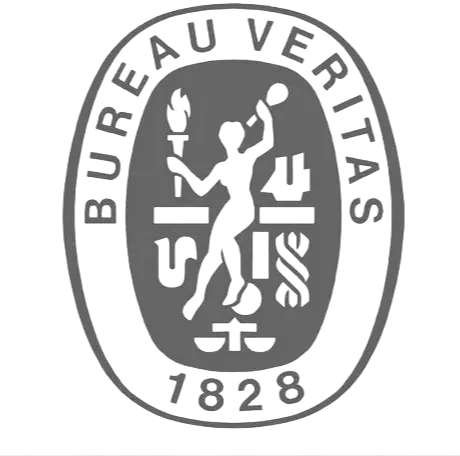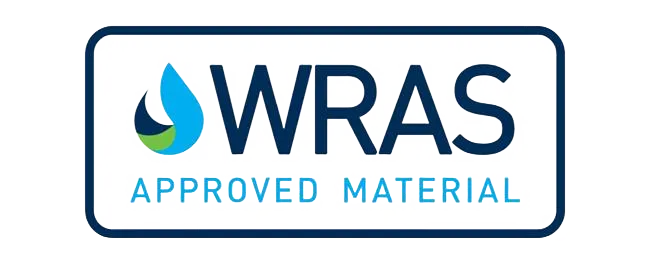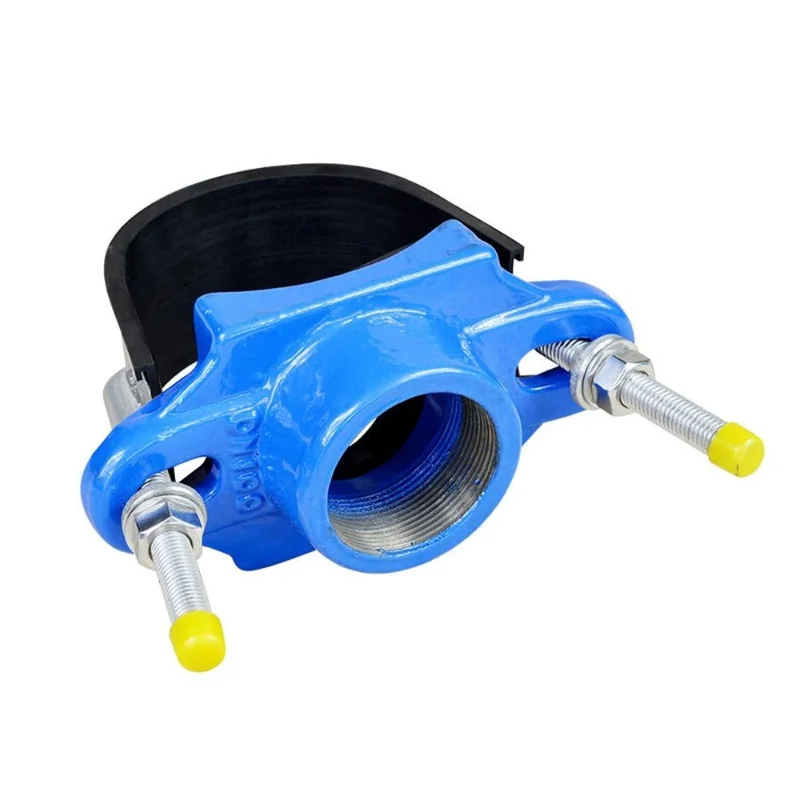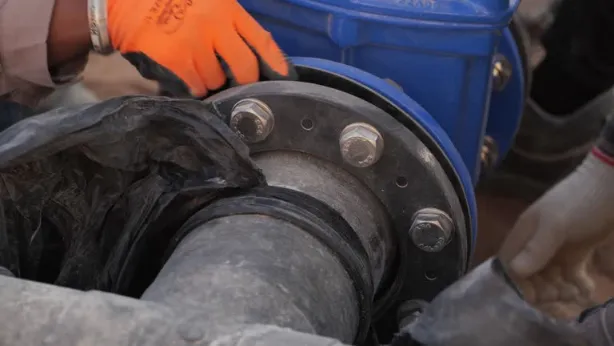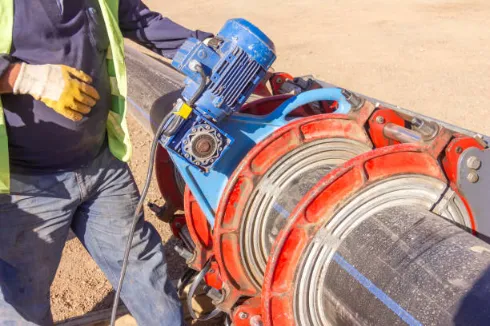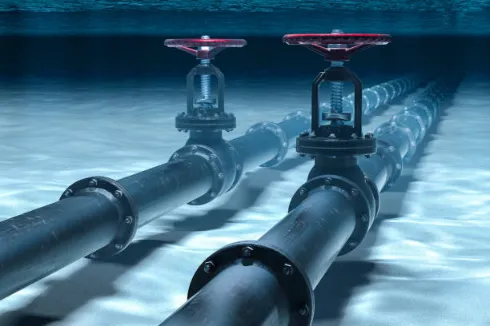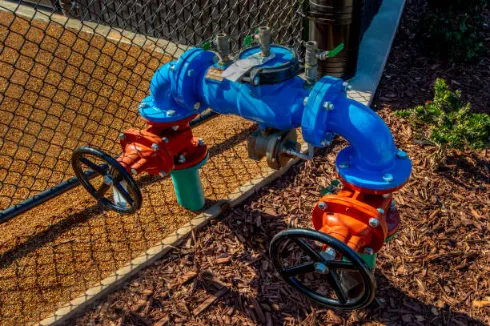Түтүктөр үчүн Saddle Clamps түшүнүү
Седл кысымдары деген эмне?
Saddle clamps түтүктөр үчүн - бул көптөгөн өнөр жай жана үй шарттарында түтүктөрдү кармоо жана колдоо үчүн колдонулган атайын куралдар. Бул жабыштар түтүккө күчтүү кармап турат. Алар зыяндан же ийилүүдөн сактанууга жардам берет. Адамдар аларды түтүктөрдүн кыска убакытка же түбөлүккө турушу керек болгондо колдонушат. Бул түтүктөрдү туруктуу жана туура сактайт.
Saddle Pipe Clamps негизги өзгөчөлүктөрү
Седелдик түтүк чыпкаларынын өзгөчө формасы бар. Алар түтүктөргө ылайыктуу ийри бөлүктү камтыйт’ s формасы. Бул дизайн түтүк’ s бети. Бул алсыз жерлерди же зыян келтирүү мүмкүнчүлүгүн азайтат. Көпчүлүк учурда, чаптарда болттар же бурандалар бар. Бул түтүктүн айланасында жабышты бекемдөөгө жана бекемдөөгө жардам берет.
Дагы бир сонун өзгөчөлүк - алардын ийкемдүүлүгү. Ойронун кыскартуучулары көптөгөн өлчөмдөрдө келет. Алар ар кандай туурасындагы түтүктөрдү орнотууга болот. Айрым түрлөрдө ылайыкташтырыла турган бөлүктөр бар. Бул аларды орнотууну оңой кылат. Ошондой эле, алар туруктуу үчүн курулган. Алар дат менен кийүүгө каршы турат, бул аларды жасоо үчүн маанилүү.
Saddle Clamps өндүрүшүндө колдонулган жалпы материалдар
Ойрунун кыскаргычтарын даярдоо үчүн колдонулган материалдар алардын күчүн, өмүрүн жана белгилүү бир жумуштарга ылайыктуулугун аныктайт. Жалпы материалдарга төмөнкүлөр кирет:
Stainless SteelАл дат менен каршы чыгат жана абдан күчтүү. Ал суу же катуу химиялык заттар бар жерлерде жакшы иштейт.
Carbon болотБул материал күчтүү жана катуу. Көпчүлүк учурда анын тутуудан коргоо үчүн каптоолору бар.
PlasticПластик жеңил жана кээ бир химиялык заттарга каршы турат. Бул аз татаал жайларга ылайыктуу.
AluminumАлюминий жеңил жана дат менен жакшы каршы турат. Ал оңой болгон жерде колдонулат.
Өнөр жай чөйрөлөрүндө Saddle түтүк кыскартуучуларынын колдонулушу
Суу менен камсыз кылуу жана дренажлаштыруу системаларында седалдык чаптарды колдонуу
Суу менен камсыз кылуу жана дренаждоо системаларында седалдык кыскаргычтар маанилүү. Алар түтүктөрдүн ортосундагы бекем байланыштарды камсыз кылат. Алар түтүктөрдү туура сактап турууга жардам берет. Бул түтүктөрдү бекем кармап, агып кетүүнү токтот. Алардын дат тосуп турган табияты аларды нымдуу чөйрөдө эң сонун кылат.
Conflex Joints ар кандай кесипкөй түрлөрүн өндүрүү үчүн кесипкөй технология жана жабдууларга ээ, бул сизге төлөгөндөн көбүрөөк аласыз деп сезүүгө мүмкүнчүлүк берет.
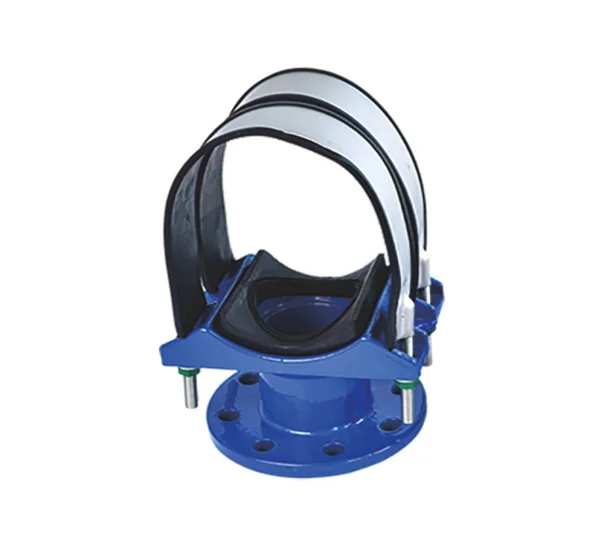
Saddle Pipe Clamps колдонуунун артыкчылыктары
Өнөр жай чөйрөсүндө туруктуулук жана узак өмүр
Седель түтүктөрүнүн чыпкалары өзүнүн катуулугу менен белгилүү. Алар өнөр жай колдонуу үчүн эң мыкты тандоо. Алардын күчтүү курулушу аларга жогорку басымды жана оор салмактарды жеңүүгө мүмкүнчүлүк берет. Алар кыйын жагдайларда бекем калат. Бул мунай жана газ, химиялык заводдор жана суу системалары сыяктуу тармактарда маанилүү. Бул жерлердеги түтүктөр экстремалдык шарттарга дуушар.
Дат баспас болот жана көмүртек болот сыяктуу материалдар алардын узак өмүрүн көбөйтөт. Дат баспас болот дат менен жакшы күрөшөт. Ал нымдуу же химиялык заттар менен толтурулган жерлерде иштейт. Күмүртектүү болот, коргоочу каптоолор менен, чоң бекемдүүлүктү берет жана узак убакытка созулат.
Жабык’ Ошондой эле, анын дизайны аны сактап турууга жардам берет. Ири бөлүгү түтүк’ с формасы. Ал басымды бирдей таратат. Бул убакыттын өтүшү менен эскирүү же зыян келтирүү мүмкүн болгон стресс чекиттерин төмөндөтөт. Бул оңдоо кыймылдаткычтарын узак мөөнөттүү колдонуу үчүн мыкты кылат.
Ease of Installation and Maintenance
Түтүктөрдүн өшөк кыскарткычтарын орнотуу оңой. Алар тез орнотуу үчүн жасалган. Сизге негизги куралдар гана керек. Бул убакытты үнөмдөйт жана эмгек чыгымдарын азайтат. Ошондой эле орнотуу же оңдоо учурунда токтотуу убактысын кыскартат. Кээ бир чаптарда жөнгө салынуучу бөлүктөр бар. Бул түтүктөр ар кандай өлчөмдөгү түтүктөргө ылайыкташтырылат, бул ишти жеңилдетет.
Ошондой эле тейлөө жөнөкөй. Күчтүү материалдарга аз көңүл буруу керек. Эгерде тейлөө зарыл болсо, clamp’ S дизайны жетүүнү оңой кылат. Сиз бөлүктөрдү бөлүк түтүктү токтотпай алмаштыра аласыз. Бул өнөр жайлар үчүн мыкты.
Түбүктөрдүн долбоорлорунун чыгымдардын натыйжалуулугу
Түтүк чыпкалары түтүк долбоорлоруна акча үнөмдөйт. Алардын бекемдиги азыраак алмаштырууну билдирет. Бул убакыттын өтүшү менен чыгымдарды төмөндөтөт. Оңой орнотуу эмгек чыгымдарын кыскартат жана долбоорлорду тездетет. Чоң түтүктөрдүн жумуштары үчүн, бул үнөмдөө кошулат.
Ошондой эле, өйрөнүн кыскартуучулары ар тараптуу. Сизге өзгөчө бөлүктөр же кошумча куралдар керек эмес. Бул аларды дагы да натыйжалуу кылат. Алар түтүктөрдү сактоонун ишенимдүү жолун камсыз кылат. Алар бюджетти бузбай сапатты жогорку сактайт.
Түтүктөргө арналган Saddle Clamps тандоодо эске алуу керек факторлор
Материалдын түтүк системалары менен шайкеш келиши
Туура материалды тандоо saddle clamps маанилүү. Бул алардын түтүк менен жакшы иштешин камсыз кылат. Ар кандай материалдардын күчтөрү ар кандай. Алар дат менен туруштук жана химиялык ылайыктуулук менен айырмаланат. Мисалы:
Stainless Steel: Нымдуу же катуу орнотууларда мыкты. Ал тозууга жакшы каршы чыгат.
Carbon болот: Күчтүү муктаждыктарга жакшы. Аны туткан жерлерде каптоо керек болушу мүмкүн.
PlasticКээ бир химиялык заттарга жеңил жана каршы. Ал металлдан аз катуу.
Aluminum: Жарык жана дат менен туруштуу. Ал болот сыяктуу күчтүү эмес.
Өз түтүктөрүңүздүн муктаждыктарын билүү эң мыкты материалды тандоого жардам берет. Бул жакшы аткарууну жана узак өмүрдү камсыз кылат.
Көлөмү жана жүктүү кубаттуулугу талаптары
Ойрунун кыскачынын көлөмү түтүктүн туурасына ылайыктуу болушу керек. Туура эмес өлчөмдөгү кыска түтүктү колдоого мүмкүн эмес. Бул ага зыян келтириши мүмкүн. Айрым түтүктөрдө оор суюктуктар бар же жогорку басымга дуушар. Аларга көбүрөөк салмакка ээ болгон кыймылдаткычтар керек.
Өндүрүүчүлөр өлчөмүн жана салмактын чектөөсү жөнүндө маалымат берет. Бул сизге жумушуңузга ылайыктуу кыймылдаткычты тандоого жардам берет.
Катуу чөйрөдө коррозияга каршы туруу
Өнөр жай кыйын шарттарында түтүктөр кыйын шарттарга дуушар болот. Аларга туздуу суу, химиялык заттар же өтө ылуулук кирет. Тат кыймылдаткычты жана түтүктү алсыздайт. Бул жерлерде коррозияга каршы туруу маанилүү.
Бул жерде дат баспас болот эң мыкты тандоо. Ал табигый түрдө дат менен күрөшөт. Кээ бир чаптарда кошумча каптоолор же дарылоолор бар. Бул коррозиялык жактарда коргоону кошот.
Frequently Asked Questions (FAQs)
Эмне үчүн колдонулат оңдук түтүк кыскаргычтары?
Седл түтүктөрүн кыскартуучулар ар кандай өнөр жай колдонмолорунда түтүктөрдү камсыз кылуу жана колдоо үчүн колдонулат, ошондой эле учурда туруктуулукту жана туруктуулукту камсыз кылат.
Мен кантип туура өлчөмдөгү өйдүн кыймылдаткычын тандайм?
Сиздин түтүк’ с диаметри жана камсыз кылуу, ал сиздин системаңызга жооп берет’ s жүктү көтөрүү талаптары.
Дат баспас болоттон жасалган оюнчук чыпкалары сырткы колдонууга ылайыктуу?
Ооба, дат баспас болоттон жасалган кыймылдаткычтар коррозияга өтө туруштуу жана сырткы же нымдуу чөйрөдө идеалдуу.
Сендердин түтүк кыскартуучуларын кайра колдонууга болобу?
Ооба, алып салынгандан кийин алардын абалына жараша; Бирок аларды кайра орнотуудан мурун ар дайым текшериңиз.
Көбүрөөк маалымат алуу үчүн Conflex Joints‘ өнөр жай түтүктөрүн туташтыруу өнүмдөрүн өндүрүү боюнча тажрыйбасы 15 жылдан ашуун тажрыйбасы бар Дүйнө жүзү боюнча ар кандай тармактардагы компанияларга, анын ичинде суу менен камсыз кылуу жана

